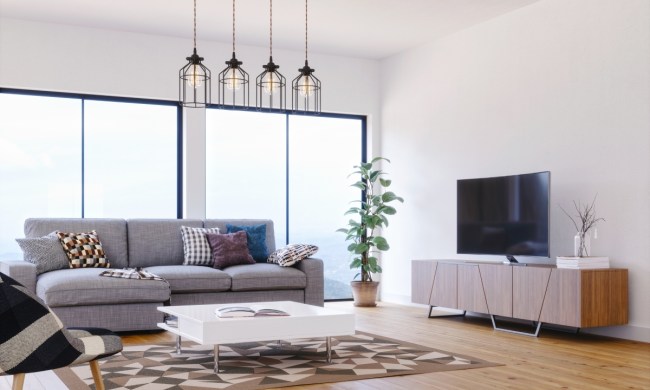Plant shopping. It’s supposed to be fun, right? But when there are a million regular, almost identical-looking plants to choose from, and you’re bored with it, what can you do? Well, for starters, you can check out some of the vine plants out there. Yes, some of them are fine to grow indoors, as long as you know what you’re doing – and they can really make your space more interesting and create a ‘jungle vibe’ unlike any other kinds of plants you’ll find. Let’s check out some of the most eye-catching varieties, and see what needs to come home with you:
Jasmine
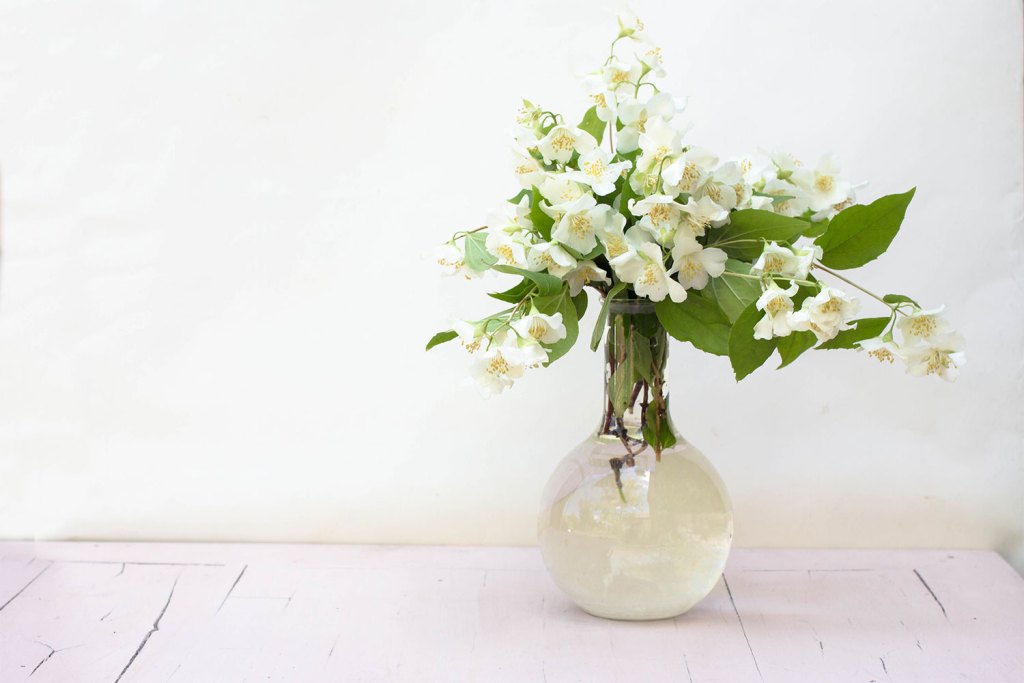
If you like beautifully flowered vines with an especially gorgeous fragrance, give jasmine a try for your indoor vine (some advise it’s best planted near the entrance so your guests can be dazzled by the scent as they walk in). The Chinese, Star or plain Jasmine varieties are perfect for growing indoors, so check those out for starters. A variety like the one shown above (the Confederate Star Jasmine Plant) will prefer a moderate temperature (not too hot, not too cold) in a well-sheltered spot with a supportive structure – remember, they can get up to 15 feet long. Keep the soil well-drained and allow the plant some direct sunlight during the late spring months through the fall if possible (but not more than appx 4 hours daily). Jasmine will require less sunlight over the winter. Water every 2-3 days in the summer for best results. This type of jasmine is not toxic to pets.
Get a 6-inch potted Confederate Star Jasmine Plant, Extremely Fragrant Vine for $23.00
Creeping Fig
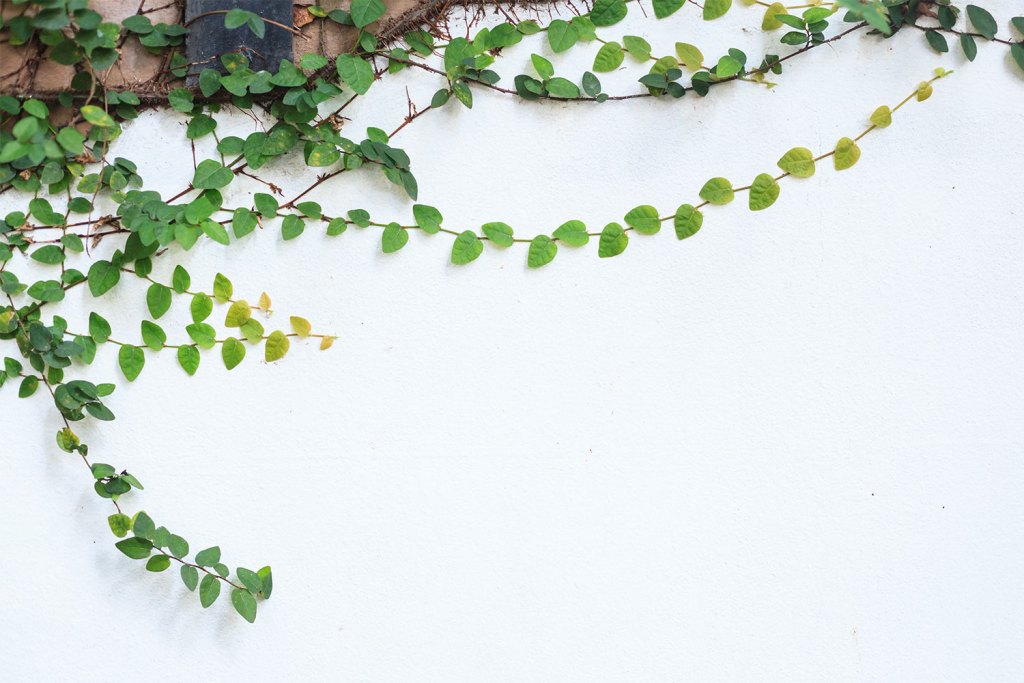
While most often grown outside, the ficus pumila variety of the Creeping Fig grows quite successfully indoors as well. These are best known for their adorable heart-shaped leaves which will each grow to between one to four inches long. Start them off in a pot or hanging basket as you normally would, or consider allowing it to climb a structure inside your home for a more interesting look. The Creeping Fig will grow quickly and adheres itself onto almost anything as it climbs. Easily cared for, this vine plant will need an occasional pruning (best done in the spring) in order to maintain its indoor-appropriate size, and it does best in a moderate temperature. Water it thoroughly during the warmer months, but don’t let the roots sit in water. Avoid direct sunlight, but indirect light is fine.
Get a 3-inch Creeping Fig ready to be planted for $15.00.
Hoya
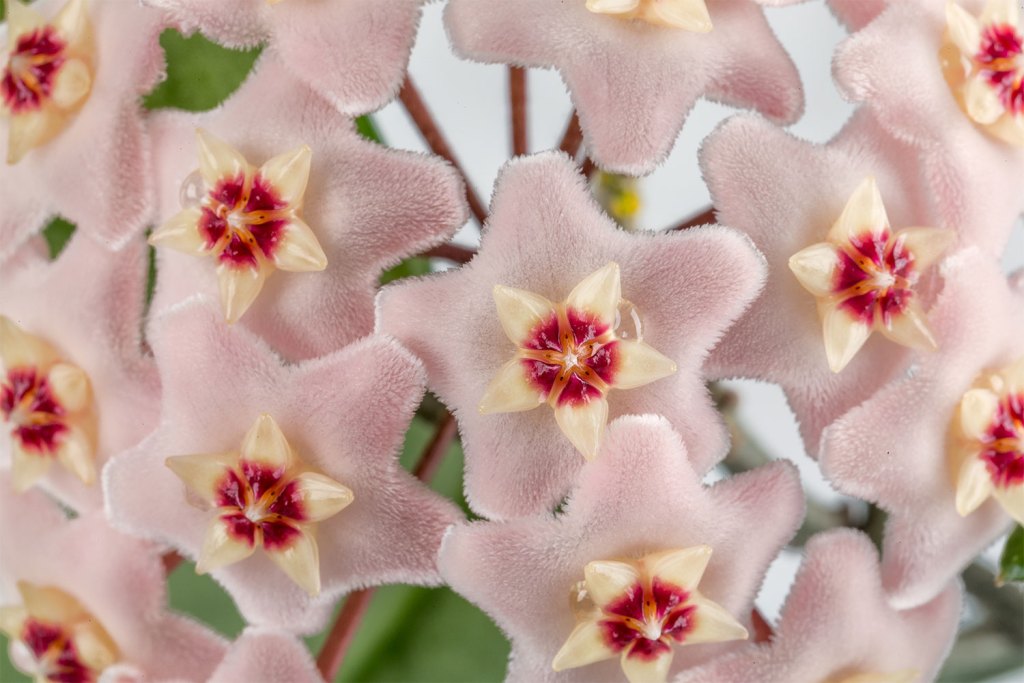
While there are different types of Hoya, each seemingly more interesting than the next, we settled on this Hindu Indian Rope variety as our favorite. This Hoya is a tropical indoor plant, also known as ‘the porcelain flower’ or ‘wax plant’. (The porcelain flower part will become evident whenever your plant blossoms into its flower clusters, which are tremendously fragrant, although somewhat shy – you may not see them for several years of owning your Hoya.)
For best results, keep your Hindu Rope in well-drained soil in small pots so you can’t over-water it. Let the top 1/3 of the soil dry out between waterings (water less frequently in the winter) and be sure to keep your Hoya warm, but no warmer than appx 80 degrees Fahrenheit. Anything cooler than about 50 degrees Fahrenheit will likely be too cold for your Hoya.
Get one of these in a 4-inch pot for $22.00 today.
Arrowhead
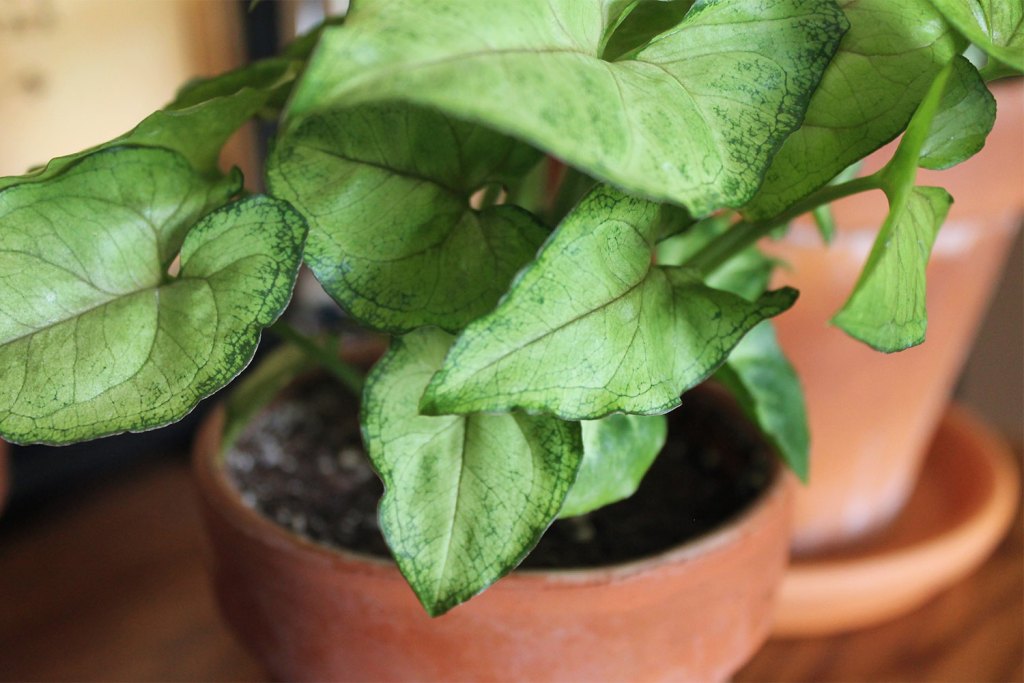
The Arrowhead, named for its spade-shaped leaves, grows quickly when kept in medium to bright light (although it’s also been known to thrive in low light) and given water 2 or 3 times weekly. Also known as nephthytis and syngonium, the Arrowhead vine plant grows into bush-type plants at first, then after maturing further, they begin to climb. Considered ‘difficult to kill’, these are excellent plants for newbies or those who just can’t seem to keep plants alive.
Get one in a 4-inch pot today with a free care guide for $15.00.
Clematis
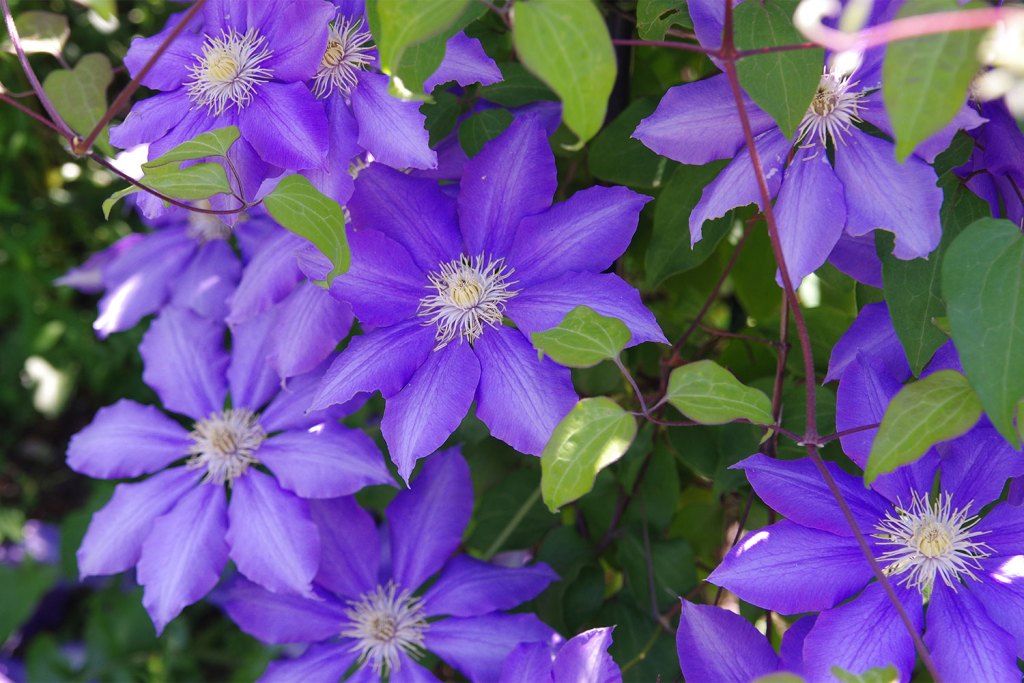
Beautiful climbing clematis vines come in a vast array of types and colors, and can grow indoors or out. We’ve chosen this deep magenta Ernest Markham Vine for our favorite today. These lookers grow amazing, fragrant blooms up to 5-inches wide with a rich red color and chocolate anthers. They thrive once given the right environment and can grow up to 12 feet tall. Look forward to blossoms in the mid-summer and again in the fall. Keep them half in the sun and half in the shade and keep their soil moist. Want to attract hummingbirds? Grow some outside your window as well as inside your home. They’ll come visit!
Get a 2.5-inch pot of the magenta red Ernest Markham Clematis Vine here.
We hope these examples have given you some ideas to work with as you begin your search for the perfect indoor vine plants. Remember to consider the sunlight, temperature and climbing sources you have available in your home as well as the space available for climbing, as some of these plants can grow to considerable heights. While most of these are hardy plants, you will still need to remember to water them regularly at a minimum and give them fertilizer, plant food, prune them occasionally, and possibly move them if necessary due to temperature and/or weather change, etc. However, if you put in the effort, we have no doubt these stunning vines will give you plenty of beauty to enjoy in your home for years to come.
Still need more ideas or guidance on plants in your home? Don’t hesitate to stop back in for updates or visit our informative section on house plants.
You can also read up on various types of gardening and outdoor plants as well, if that’s more your interest. Either way, we look forward to sharing more ideas and beautifying our homes and communities with greenery together!



